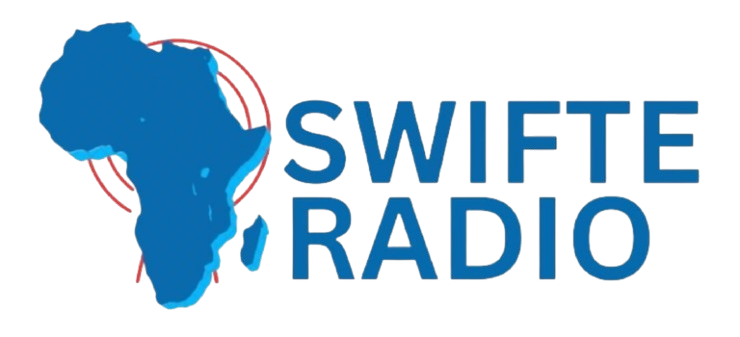Minimalist fashion retailer Oak + Fort has announced a sweeping corporate restructuring plan as the company grapples with escalating international tariffs and a shifting global trade landscape. The Canadian brand, known for its contemporary apparel and accessible luxury aesthetic, cites rising import duties—particularly on goods manufactured in China—as a key driver behind the strategic overhaul.
In a statement released this weekend, Oak + Fort confirmed that the restructuring will include supply chain realignment, potential store closures, and workforce reductions across North America. While the company did not specify how many jobs will be affected, sources familiar with the matter indicated that layoffs could impact both corporate roles and in-store staff.
Tariff Challenges Rock the Fashion Sector
The restructuring comes as fashion and apparel companies across the U.S. and Canada continue to feel the pressure of renewed tariffs on Chinese imports. In early 2025, the United States expanded duties on a range of consumer goods, including textiles and clothing, reigniting trade tensions and significantly increasing costs for brands with Asia-centric production lines.
“Tariffs have dramatically shifted our cost structure,” said an Oak + Fort spokesperson. “To ensure long-term viability, we’re making difficult but necessary adjustments to how we operate.”
While Oak + Fort has long leveraged international suppliers to deliver affordable, fashion-forward products, the current trade environment has forced the brand—and others like it—to reconsider the viability of offshore production.
Strategic Shifts Ahead
As part of the restructuring, Oak + Fort plans to diversify its manufacturing footprint by increasing production in countries with lower trade barriers and investing in regional supply chain resilience. The company is also exploring a digital-first retail model that emphasizes e-commerce over brick-and-mortar expansion.
Insiders say the brand may close underperforming stores in key U.S. cities, including New York, Los Angeles, and Chicago, though flagship locations and Canadian operations are expected to remain intact.
Industry analysts view the move as a calculated response to external pressures but warn it may signal broader turbulence in the mid-tier retail space.
“Oak + Fort isn’t alone,” said retail strategist Melissa Grant. “We’re seeing a wave of fashion brands rethinking how they operate globally. The return of tariffs, combined with shifting consumer habits post-pandemic, has accelerated the need for change.”
Customer and Investor Reactions
Loyal customers have expressed concern on social media, particularly over potential disruptions to online orders and store services. Oak + Fort has reassured shoppers that day-to-day operations will continue during the restructuring and that existing orders will not be impacted.
For investors and stakeholders, the announcement may reflect both a challenge and an opportunity. If the brand successfully navigates the transition, it could emerge more agile and competitive in a landscape increasingly defined by cost pressures and digital innovation.
The Bigger Picture
Oak + Fort’s restructuring highlights how geopolitical developments and trade policy are deeply influencing the fashion industry. With tariffs once again shaping the decisions of global brands, companies are being forced to choose between cost-cutting, reshoring, and reinvention.
As Oak + Fort works through its transformation, industry watchers will be paying close attention to how it adapts—and whether other fashion retailers will follow suit.
Swifteradio.com


